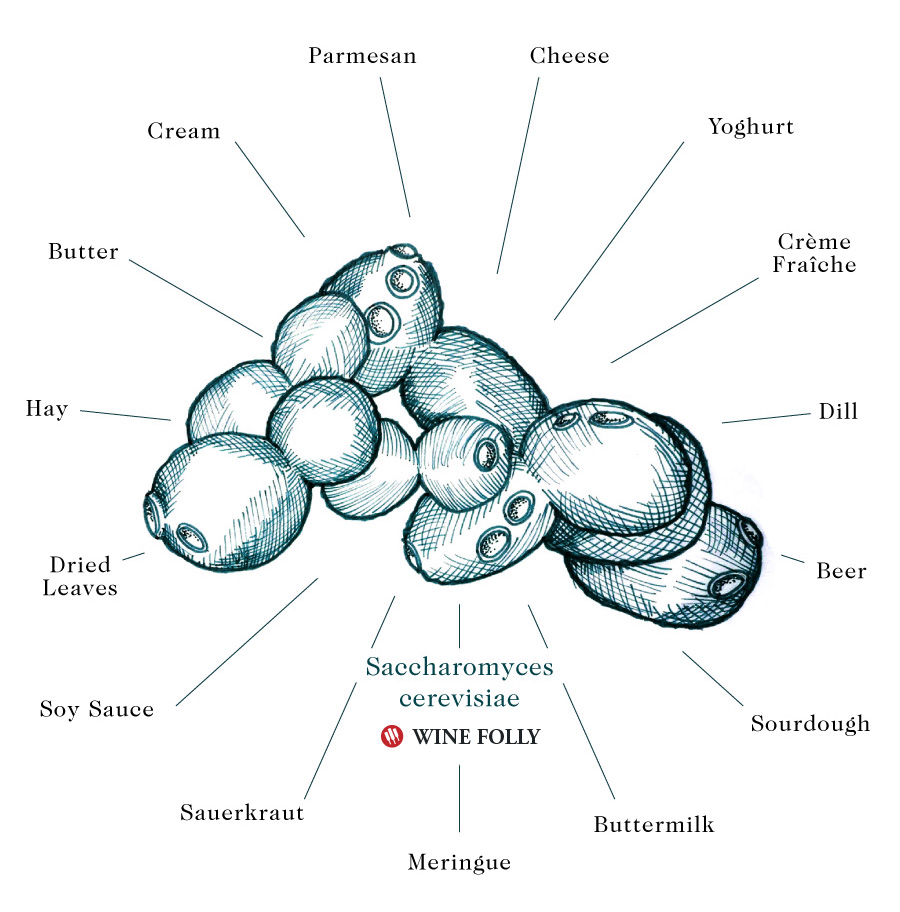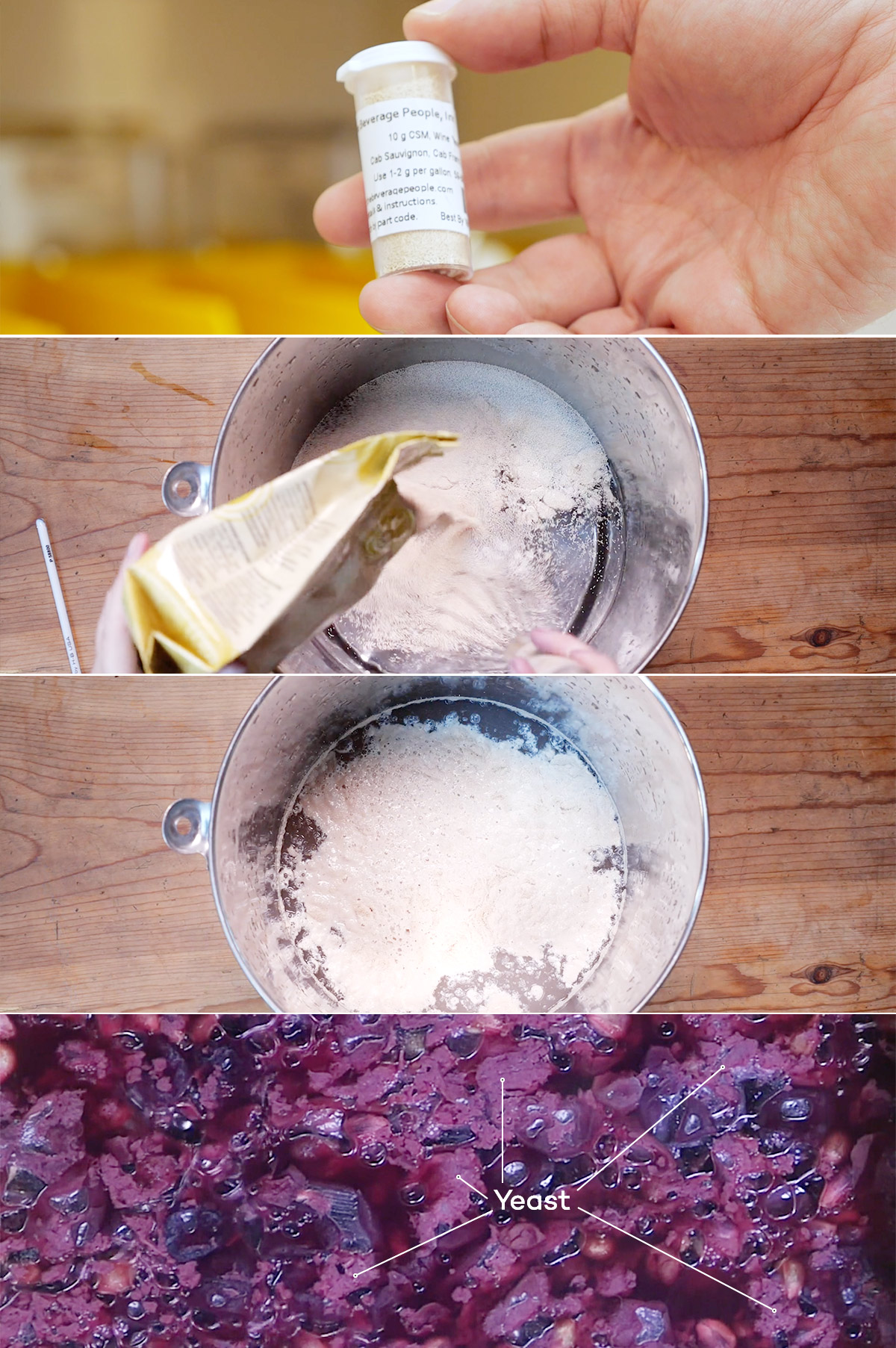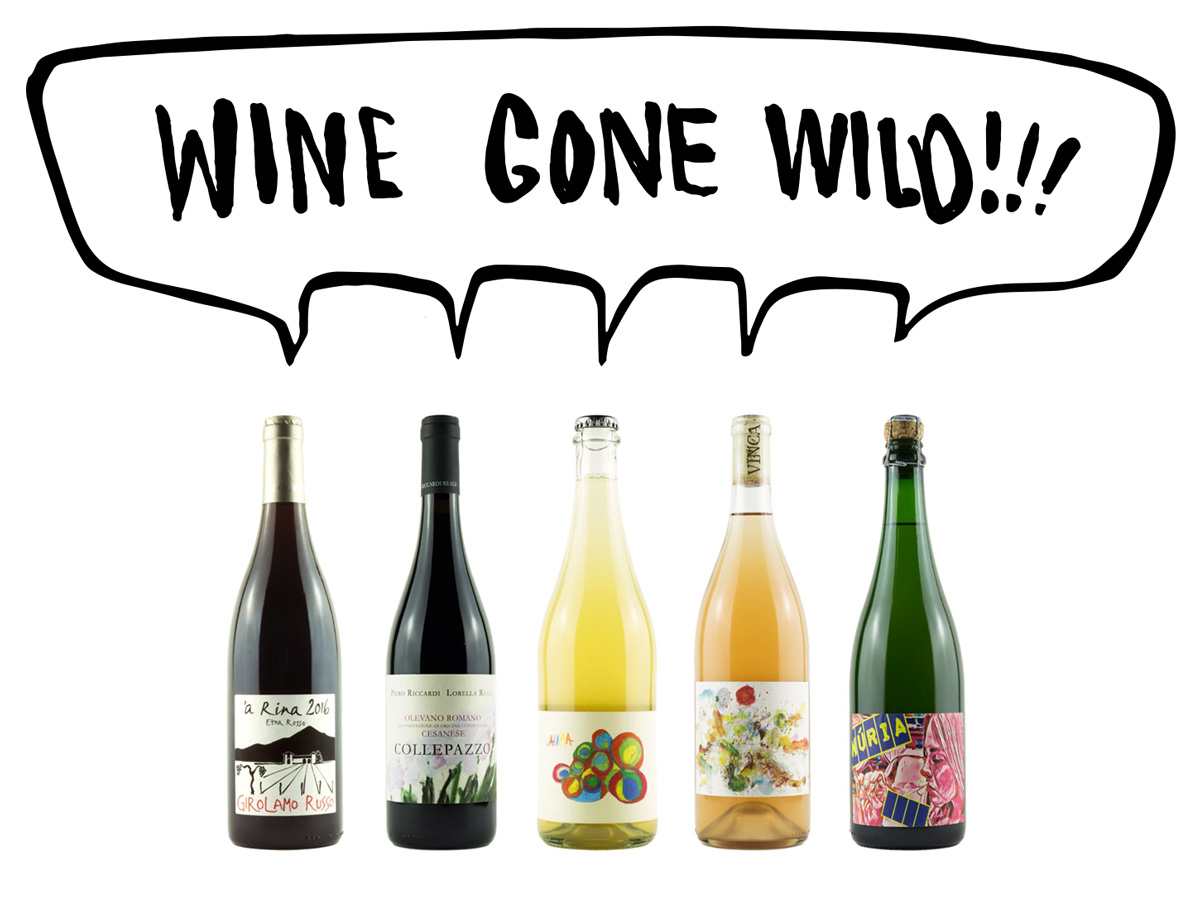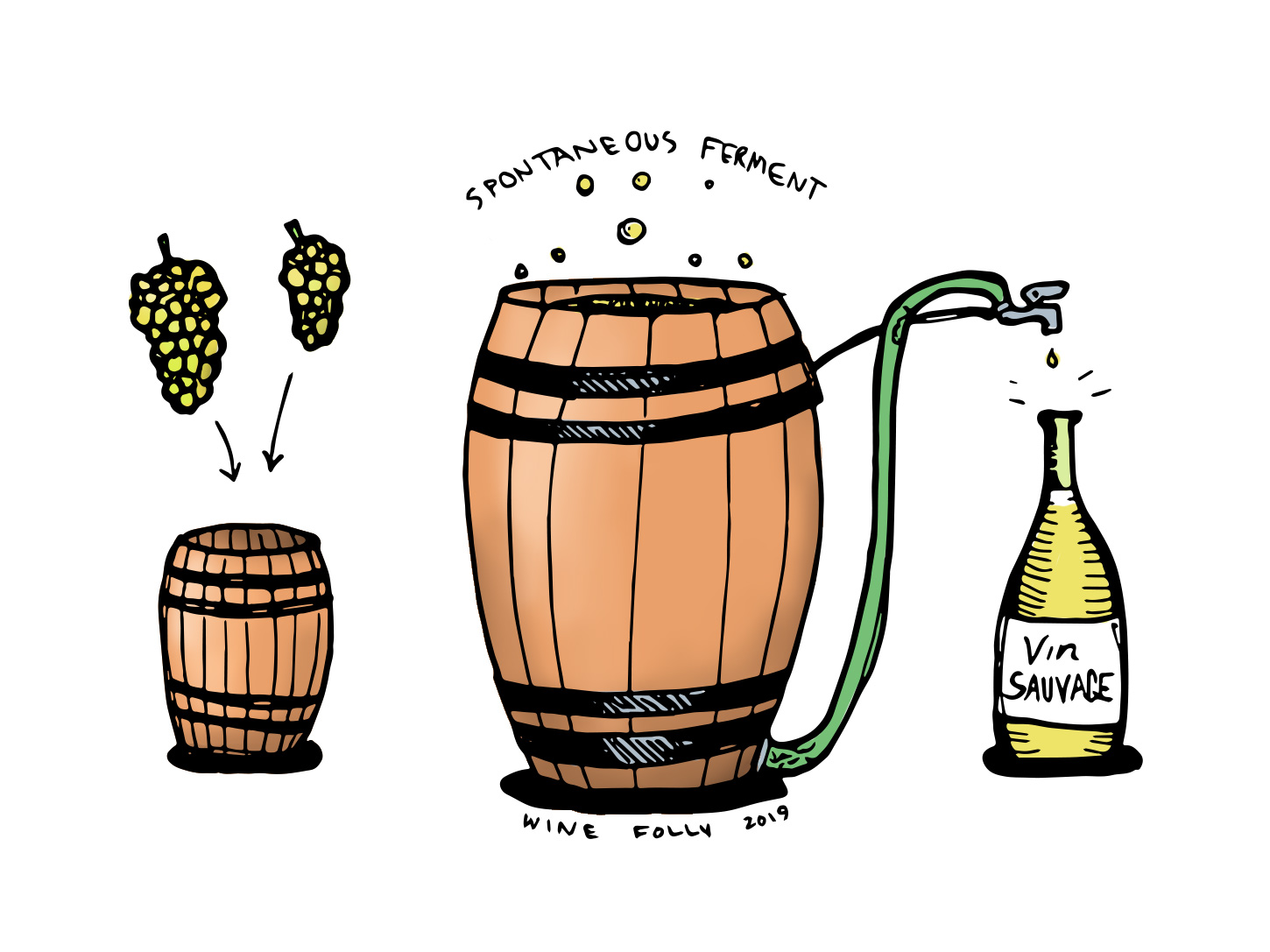One of the most surprising topics in wine right now (that has everyone talking) is wild fermentation. A wild-fermented wine uses native yeasts that are found on the fruit and in the vineyard.
“You can find 50,000 yeast particles on a single wine grape.”
–Carlo Mondavi, Raen Winery
Are all wines fermented? Yes indeed! Fermentation is practically the definition of wine.
It was the presence of wild (sometimes called “native”) yeasts and spontaneous fermentation that many credit with helping mankind discover winemaking. Cultured yeasts, manufactured for winemaking, are more robust and consistent, trading off the spontaneity and dynamic flavor.
Wines made with native yeast often taste different from those cultured yeast wines we’re so used to. Still, more winemakers are turning to native yeasts to produce top-of-the-line wines.
Here’s what to expect from a wild fermented wine and why native yeast is fundamentally changing the fine wine market.
Tip: Native yeast wines are sometimes labeled as wild, sauvage, or natural.

Tasting Wild Fermented Wines
When you use wild yeasts, the results are not always as consistent as with the traditional process, but they are always interesting. Here’s what we’ve observed in wild fermented wines:
White and Rosé Wines
Added texture and smoothness
Pay attention to texture when you taste a natural yeast wine. Because wild yeasts take longer to ferment, wines often have a more creamy, oily texture from the lees. In tasting, you might also note that wild whites are softer and smoother with less zippy acidity.
Red Wines
Added complexity and funkiness
The aromas of a wild fermented red wine are sure to jolt your senses! Along with smells of fruits, spices, tobacco, and vanilla, there are some stranger smells too.
Is that a hamster cage I smell? Or, perhaps that’s the scent of a used gym shoe!?!
Odd aromas come from these wild microbes fermenting the wine before it reaches 4% alcohol. Some are very good smells of flowers and spice and others are much less desirable to most wine drinkers.
Tip: Try decanting if a wine smells too funky for your taste.
A Lil’ History on Yeast
Louis Pasteur’s famous experiment in 1859 showed us that microbes are everywhere. Eventually, scientists learned to harness these little guys into yeast creams, cakes, and powders for commercial use.

Today, cultured yeasts are the norm. Brands like Lallemand and Scott Lab offer specialty yeast products designed to make the perfect Sauvignon Blanc, Malbec, or Pinot Noir.

Why Wild Wine Fermentations Are Special
Despite the unfamiliar aromas that some native yeast wines have, they might just hold the secret to the next rise in fine wine.
Recent studies have shown that all vineyards (and even individual vines) have a unique microflora fingerprint. In fact, each grape variety and each vintage has a different microbial makeup.
So, for winemakers looking to showcase an individual vineyard and vintage, allowing wild yeasts to factor into the fermentation is the most honest reflection of what’s going on at that site.
Want to track down a bottle of wild fermented wine? Check out this whacky-cool natural wine shop in Los Angeles
Last Thoughts
Still, wild fermentation and relying on native yeasts is a scary proposition for some wineries.
When a wild fermentation goes wrong, it goes wrong in a fast and horrible way.
Vineyards with unbalanced microflora ecosystems or weak microflora (often in dry climates) expose grapes to unhelpful microbes that can stress the wine (producing off-aromas like hydrogen sulfide) and even stop the fermentation midway.
On occasion, yeast completely overwhelms the aromatic profile of the wine and you end up with something that lacks fruit flavors (like Brett!).
Plus, all those chemicals that make vineyards tidy and easy-to-manage may actually be detrimental to wild microflora ecosystems. Making high quality wild yeast wines requires that vineyard managers change how they farm.
And finally, each vintage is based on a new set of conditions and will inevitably reduce consistency year-to-year. Not only does this make it harder to produce wine, the average consumer isn’t ready for more vintage variation.
Are you ready for more wild fermented wines? Leave a comment below!
